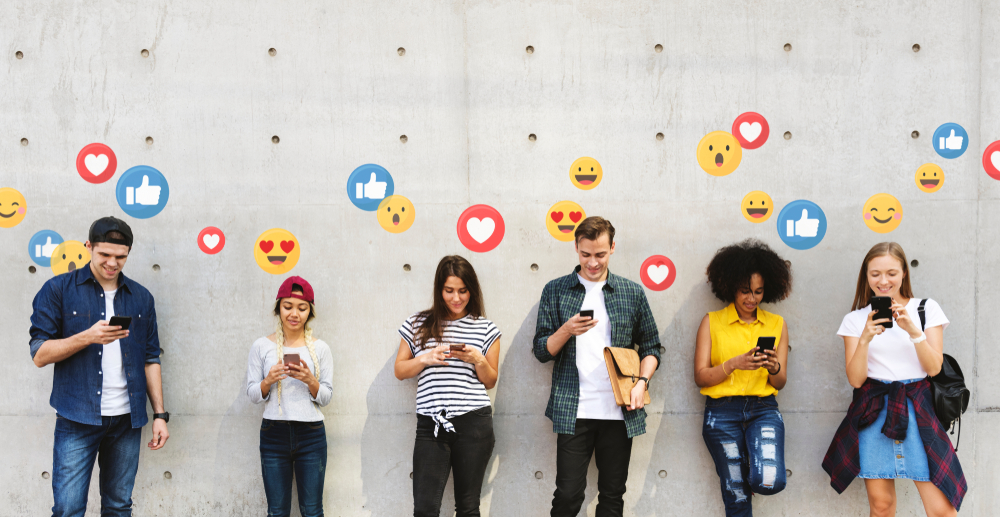10 Brand Do’s & Don’ts for Working With Influencers in 2019
By: Sophie Maerowitz
June 26, 2019
Social media marketers never stop working, and Sarita Nauth is no exception to that rule.
When she’s not working as a full-time social media manager for VH1, she has an influencer side-hustle in the beauty space: Glam By Sarita. As an influencer, Nauth is uniquely positioned to take the strategies and tactics learned from her role at Viacom HQ and apply them to the original content she crafts for makeup and skincare brands. And, as a social media manager for a household name brand, she has a deep knowledge of how to manage influencer relationships, whether she’s coordinating with the cast of the “Love and Hip Hop” franchise or working red carpet events like the Wearable Art Gala.

Sarita Nauth, Social Media Manager, VH1; Founder, Glam By Sarita
Nauth offers five do’s and five dont’s for building relationships with influencers long term.
DO
Communicate a clear timeline. Make sure your expectations for timing of influencer content are clear from the get-go. This includes exact dates and times for posts so that influencers can mass schedule if their contract involves multiple posts. Make sure your timeline for payment—e.g., “payment will be processed within X business days”—is also in writing so as to avoid an influencer bailing on grounds of a late payment.
Be transparent about budget. If a potential influencer asks if you have budget for a campaign, let them know off the bat if it’s infeasible or if you need to run it up the chain. Many influencers make their living crafting posts for brands, so don’t be surprised if they ask for $100 or $200 for a photo or video featuring your products. If their first ask is outside of your price range, you can scale back—maybe it’s a Story post or tweet rather than a longer IGTV video or feed post. “Be clear about what your influencer program is: what you’re going to compensate per post, what you’re sending them and how often,” says Nauth.
Follow through on product offers to potential influencers. Nauth says it’s a bad look when brands ask her for a personal address—ostensibly to send her samples to use in her posts—but neglect to ship those products to her home. Personal data collection is a sensitive area in the wake of GDPR and Facebook’s privacy scandals; you don’t want your influencers to think you’re stockpiling private information. If you ask for an influencer’s address for product samples, give them a tracking number and assure them that those details will be kept secure.
Use micro-influencers for targeted reach. We’ve heard from many members of the professional social media community that micro- and nano-influence are a must for building awareness of niche products as well as community-building. Don’t miss out on working with these crucial brand ambassadors just because they haven’t hit the 100,000 follower mark.
Consider creating a staff position devoted to influencer marketing. A dedicated influencer or digital talent manager—even on a campaign-by-campaign basis—could conduct influencer research and outreach, as well as tracking fulfillment for free products. That person might also handle negotiations, coordinate a payment schedule and put together a content calendar once an influencer is locked in. They should also comment on, like and retweet influencers’ posts following the end of the campaign to keep the love going, says Nauth.
DON’T
Reach out based on follower count alone. While the propagation of bots and fake followers is common knowledge at this point, brands still make the mistake of reaching out to influencers with large followings who see low engagement as a result of fake followers. Worse, some influencers—even those with bona fide mass followings—use their numbers to justify blowing off previously agreed-upon content creation responsibilities, Nauth warns.
Approach influencers just once. Influencer partnerships are often “one-and-done,” but they don’t need to be, according to Nauth, who says brands should “stay connected with influencers consistently.” A quick email or DM to the effect of “let me know if you need any new product” works well to keep that door open. “I’ve had to go back to brands and ask, ‘How can I get on your PR list? Because I’m not getting updates.'” Addressing this is an easy fix to keep influencer relationships strong.
Forget to invite influencers to the party. Influencers can give your product launch events and other major happenings a huge earned media boost. “Keep them top of mind” and add them to your media list, advises Nauth.
Repost content without credit. Even if you’re doubling content created by an influencer for an earlier campaign, be sure to re-tag that person’s account. Outside of the legal ramifications of forgetting to credit original work, tagging an influencer in repurposed content can be a way to signal you’re still thinking of them—yet another relationship-building tactic.
Selectively offer product based on follower numbers. Remember that influencer communities (especially the beauty influencer community, according to Nauth) talk amongst themselves. If a brand offers one influencer with 100,000 followers a suite of products to test out, while offering another influencer with 85,000 followers a more meager selection, news will travel fast, and your brand could find itself quietly blacklisted among top-tier digital talent.
Follow Sarita on Instagram: @SaritaNauth
Follow Sophie: @SophieMaerowitz


